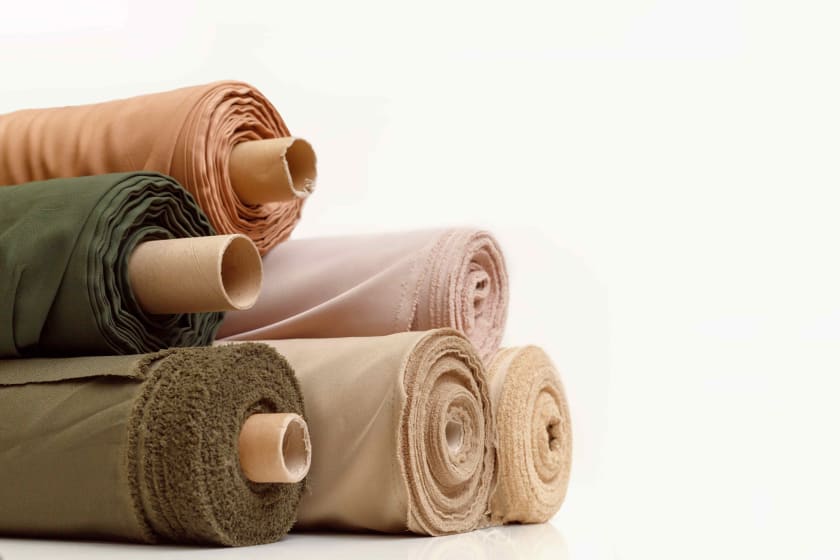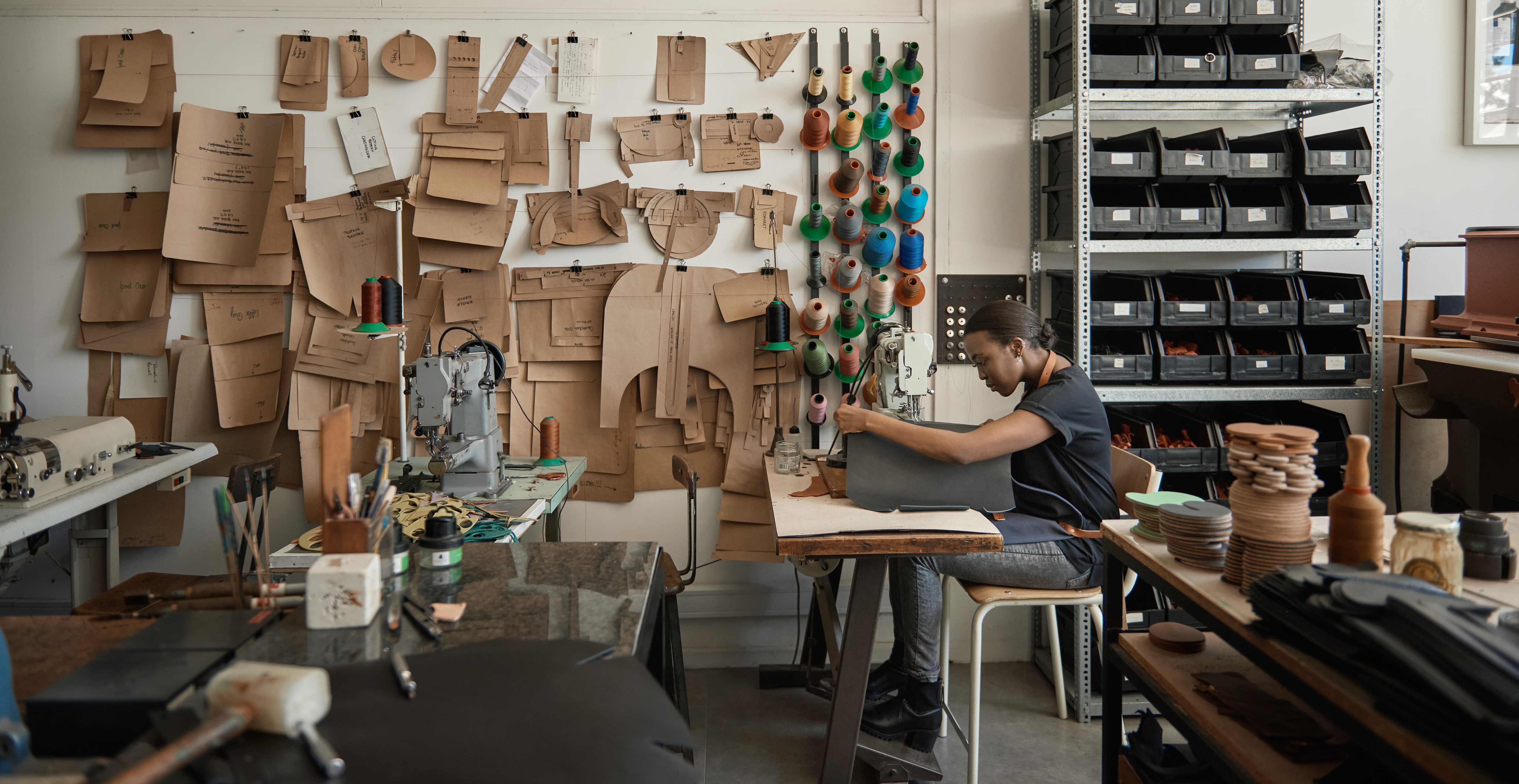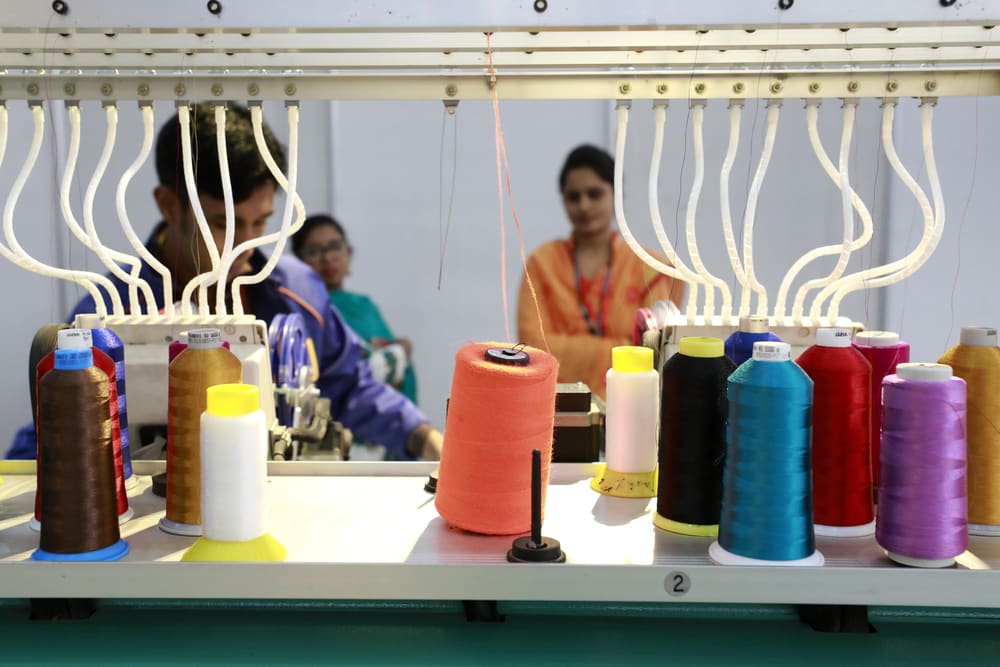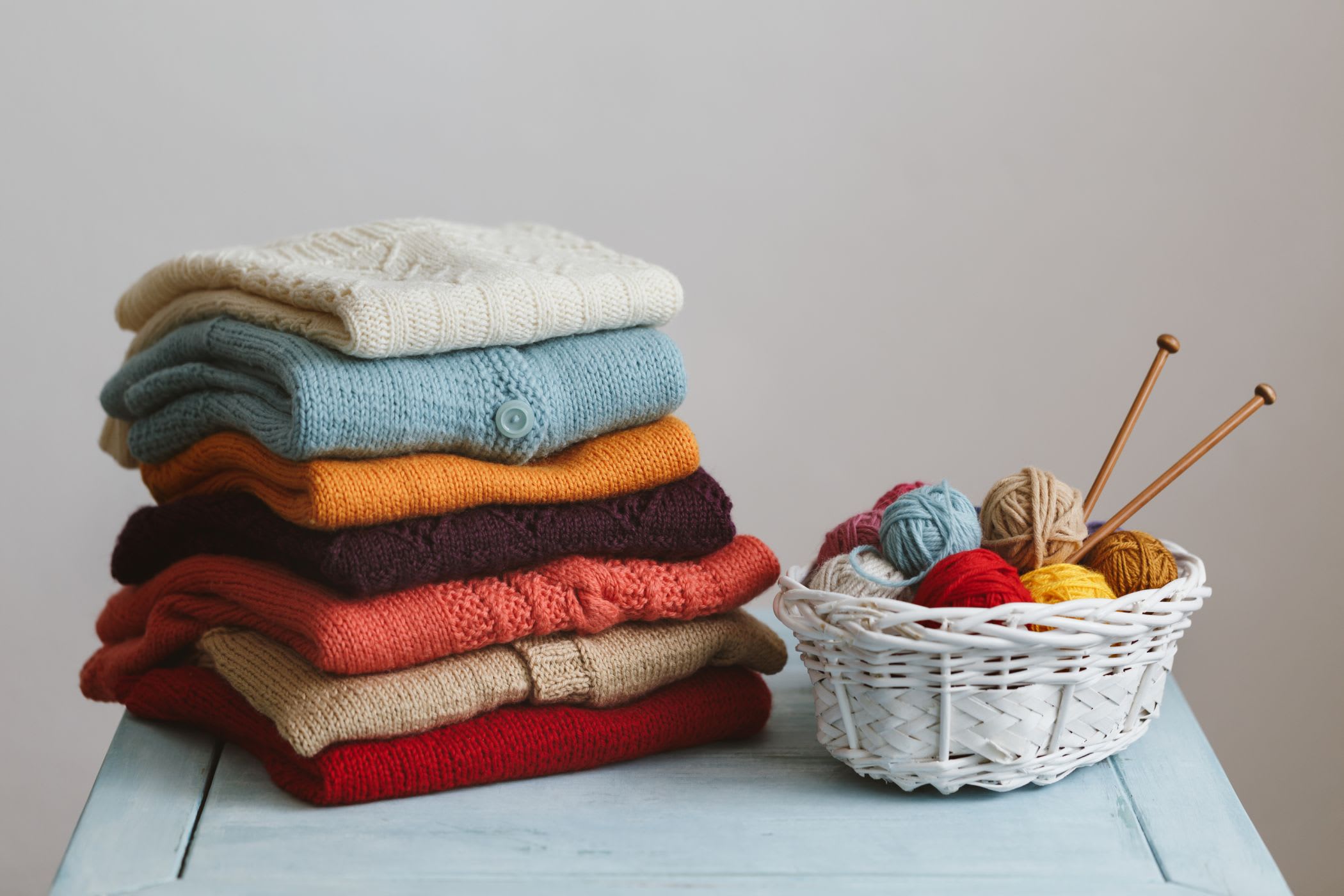How Can a Textile Manufacturer Attract Buyers



Summary: In the textile market, your first point of contact can make or break your deal with the buyer. Showcase the USPs of your product, share optimal pricing, and ship your products via reliable logistics partners to attract buyers. For fabric wholesalers, brand positioning needs to be backed by product and variety, along with robust marketing.
Manufacturing is one part of the textile business. A wholesaler needs to have a good plan backed by a marketing strategy to attract new buyers while retaining the existing ones. Several factors come into play when retailing textile products. For a seamless flow of textiles from manufacturer to buyer, your marketing plan should be extensive, while also making sure that you build a network of reliable retailers. Here is a two-part plan for connecting with buyers directly
Step One: Product Manufacturing and Branding Strategy
As a textile manufacturer, you need to have a quality product before you start selling. And, it goes without saying, that quality, range and pricing have to be kept in mind to hook the customers from your target group. Here are some of the important considerations that should be made by fabric wholesalers before they start to contact buyers.

- Product Variegation: Forming a product diversification strategy helps in achieving a higher volume of sales and increasing revenue and profit for wholesalers. It makes your brand a one-stop shop and more sustainable in the market.
- Branding Strategy and USP: Wholesalers need to brand their products for their target audience. Creating a niche in the market, such as sustainable fabrics or upholstery, always helps in attracting potential buyers and bulk orders.
- Business Strategy: To attain new buyers and retain the existing ones, the wholesaler must decide on the type of business it is going to be. One can be a B2C, B2B or D2C seller. A proper distribution channel with a reliable logistics partner such as Fashinza, can then help reach out to the right customers.
- Promotion and Pricing Strategy: Competitive pricing will help wholesalers receive bulk orders, thereby increasing profits. You should also use marketing strategies to promote your wholesale products and reach more audiences.
- eCommerce policy: A fabric wholesaler must embrace eCommerce. But you need to have a seamless reverse logistics and returns policy in place to tackle RTO (Return to Origin) and COD (Cash on Delivery) remittance.
Step 2: Fishing for Buyers in a Sea of Textile Brands
Acquiring new customers and retaining existing ones requires clear and direct communication channels and good positioning of your brand. Social media, emailers, and websites play an important role in marketing for the textile industry, as does a well-informed sales team. Here are some of the easiest ways a wholesaler can reach new buyers.
- Get a website: Start with a website. If you are a wholesaler of fabrics and are selling your wares to fast fashion labels and big brands with global operations, they would like to know about you after you send them a feeler. A website helps make a good impression. It also removes doubts amid the procurement team and establishes a direct channel of communication.
- Go for optimized content: Search Engine Optimization (SEO) is an organic technique to raise the ranking of your brand or business on search engines like Google. Your website pages, blogs and mailers should have optimized content. This increases your visibility across digital channels and allows customers looking for textiles to connect with you.
- Draw out a marketing campaign: Wholesalers can advertise their products using either Google ads and social media or conventional mediums like newspapers and radio. A wholesaler can improve the click-through rate by tailoring the creatives to a target group based on demographics, location, and gender. Facebook ads will have to be segmented differently from those in newspapers or on the radio.
- Get those influencers: Most textile wholesalers reach out to influencers or bloggers to endorse their products. According to a report, 90% of marketers include influencer marketing to bring positive traffic that can lead to conversions.
- Invest in customer support: A textile wholesaler can set up a customer support team that can make dedicated calls and mailers to new and existing customers about new launches, rebates, and information about the expo. This way, you get to update your customer data, know what they are looking for, and can extend your product line by manufacturing it.
- Participating in the expos and events: One of the surest ways of grabbing clients with deep pockets is to attend online and offline expos. Events like Texworld USA, Apparel Sourcing, and IFAI Expos in the USA can update you on the latest trends and fetch you clients who come looking for procurement at these events.
Grow Your Textile Business

Manufacturers and textile wholesalers have to develop product and brand strategies and then use digital and offline sources for the conversion of leads into clients. There are several ways you can reach out to customers. This includes putting together a website, reaching out on social media, and paying for promotion across digital mediums. Participating in trade shows and offline events, along with good customer support, will help you connect with the buyer directly.
Key Takeaways
- Invest in a good online and offline sales and marketing strategy to make your products more visible.
- Always make sure to develop a unique selling product, provide your customers with quality products, and develop a branding and business strategy.
At Fashinza, fabric wholesalers and textile manufacturers get to use powerful AI and data analytics to discover and direct their top-performing products to top procuring firms.
Speak to an expert today to learn more about fashion brands and global customers.



















